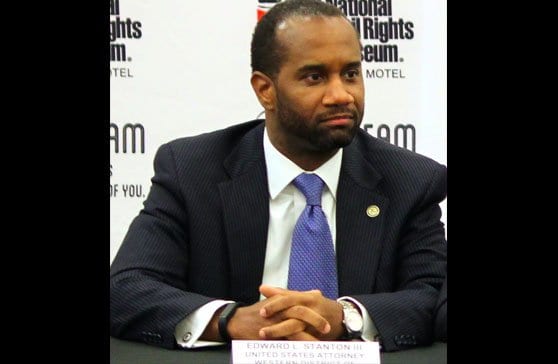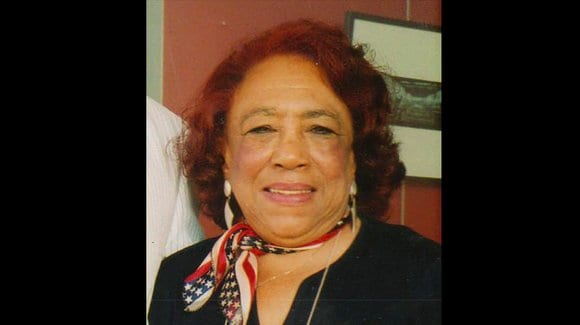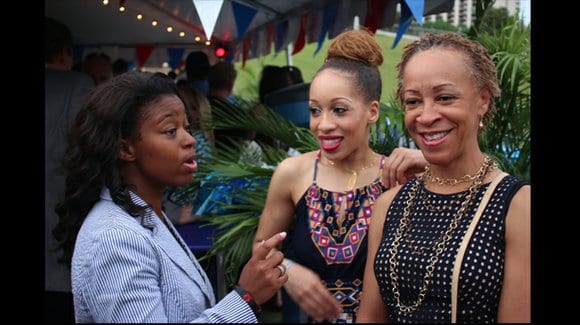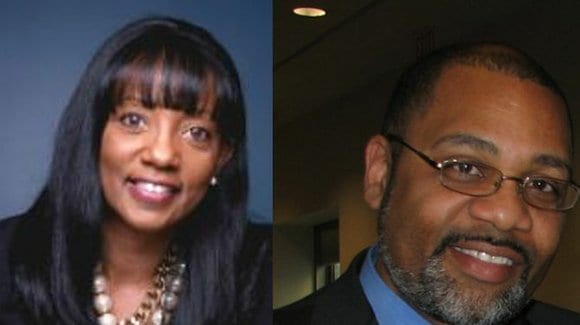By by Michael Liedtke Associated Press

SAN FRANCISCO – Google isn’t making much headway diversifying its workforce beyond white and Asian men, even though the Internet company hired women to fill one out of every five of its openings for computer programmers and other high-paying technology jobs last year.
The imbalanced picture emerged in a demographic breakdown that Google released Monday. The report underscored the challenges that Google and most other major technology companies face as they try to add more women, African Americans and Hispanics to their payrolls after many years of primarily relying on the technical skills of white and Asian men.
“Early indications show promise, but we know that with an organization our size, year-on-year growth and meaningful change is going to take time,” said Nancy Lee, Google’s vice president of people operations.
Just 18 percent of Google’s worldwide technology jobs were held by women entering 2015, up a percentage point from the previous year. Whites held 59 percent of Google’s tech jobs in the U.S., while Asians filled 35 percent of the positions, according to the report.
The slight uptick in women stemmed from a concerted effort to bring the numbers up. Google said 21 percent of the workers that it hired for technology jobs last year were women. The Mountain View, Calif., company added 9,700 jobs last year, although it declined to specify how many were for programming and other openings requiring technical knowledge.
Overall, Google employed 53,600 people at the end of 2014. In the U.S., just 2 percent of Google’s workers were African American and 3 percent were Hispanic. Cutting across all industries in the U.S., 12 percent of the workforce is African American and 14 percent is Hispanic.
The latest snapshot of Google’s workforce comes roughly a year after the company publicly disclosed the gender and racial makeup of its payroll for the first time, casting a spotlight on a diversity problem vexing the entire technology industry. Other well-known technology trendsetters, including Apple and Facebook, subsequently released data revealing similar diversity problems.
Mortified by the disclosures, Google and most of its other technology peers have been pouring more money into programs steering more women, African Americanss and Hispanics to focus on science and math in schools and have stepped up their recruiting of minority students as they prepare to graduate from college.
Civil rights leader Jesse Jackson, who has been spearheading the drive to diversify the tech industry, applauded Google for releasing its workforce data again to help keep the pressure on the technology industry to change the composition of its payroll.
“Tech companies must move from the aspiration of ‘doing better’ to concrete actionable hiring to move the needle,” Jackson said in a statement. “We aim to change the flow of the river.”


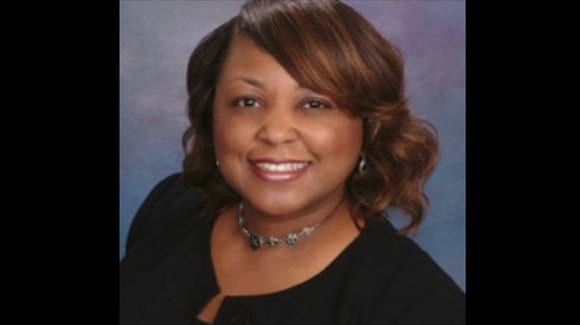
 The search for next Southwest president is down to final four
The search for next Southwest president is down to final four Partnership positions Southwest to funnel students to Western Governors University Tennessee
Partnership positions Southwest to funnel students to Western Governors University Tennessee Southwest, Artesian Schools partner on new early college high school
Southwest, Artesian Schools partner on new early college high school